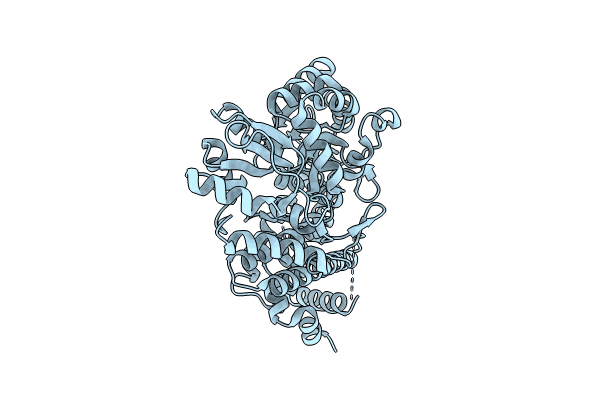
Deposition Date
2024-02-05
Release Date
2024-10-02
Last Version Date
2025-03-12
Entry Detail
Biological Source:
Source Organism:
Escherichia coli (strain K12) (Taxon ID: 83333)
Homo sapiens (Taxon ID: 9606)
Homo sapiens (Taxon ID: 9606)
Host Organism:
Method Details:
Experimental Method:
Resolution:
2.09 Å
R-Value Free:
0.26
R-Value Work:
0.20
R-Value Observed:
0.20
Space Group:
P 21 21 21


